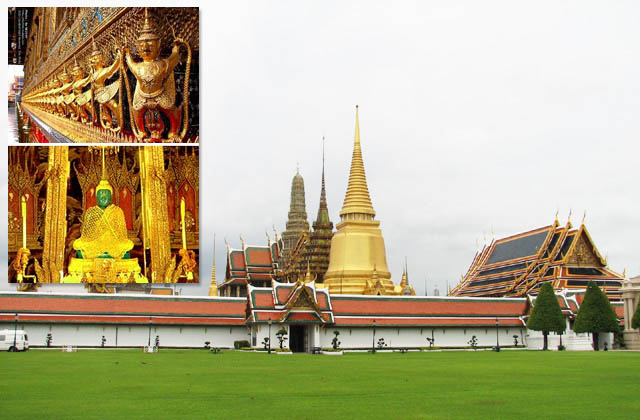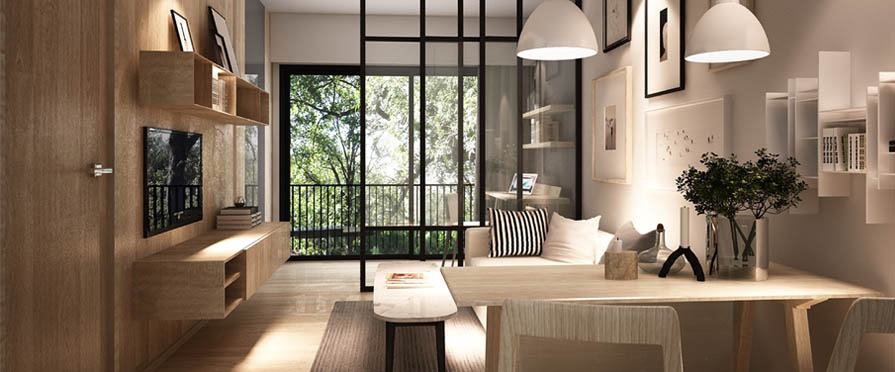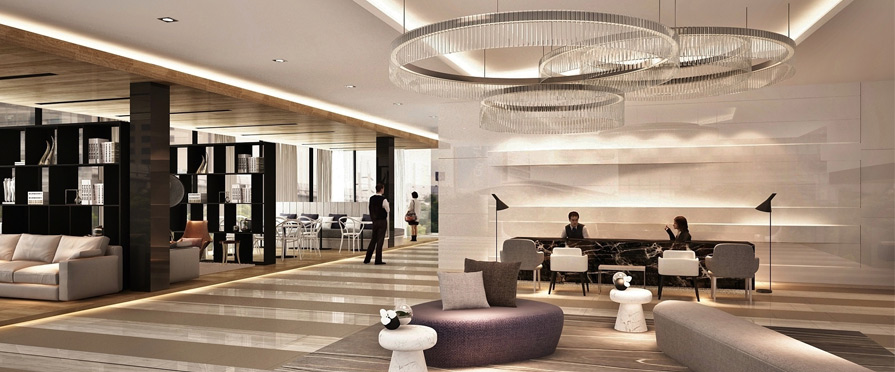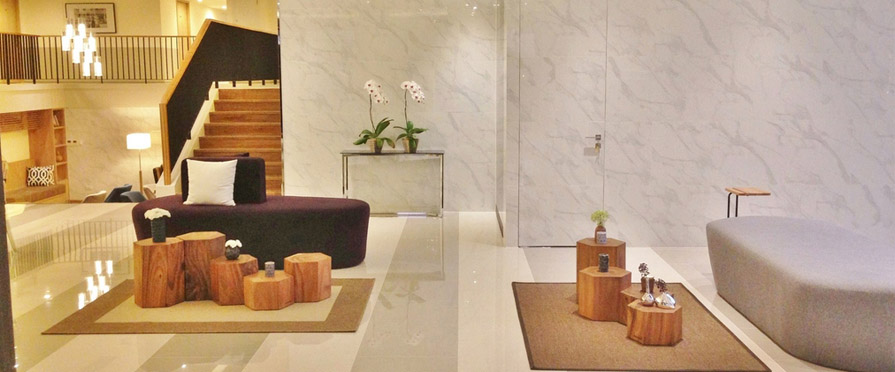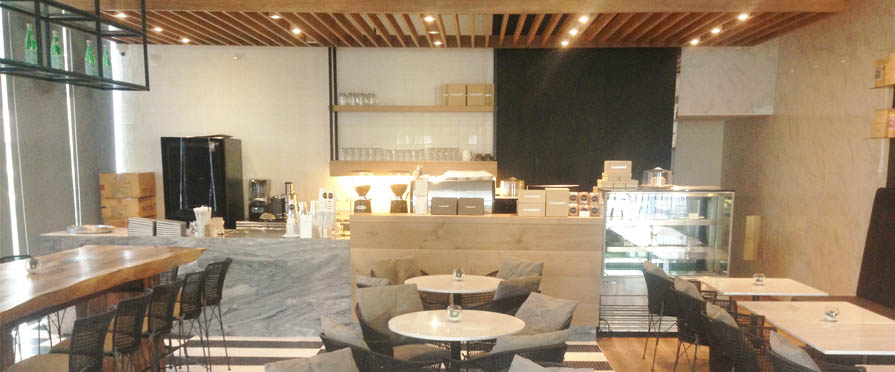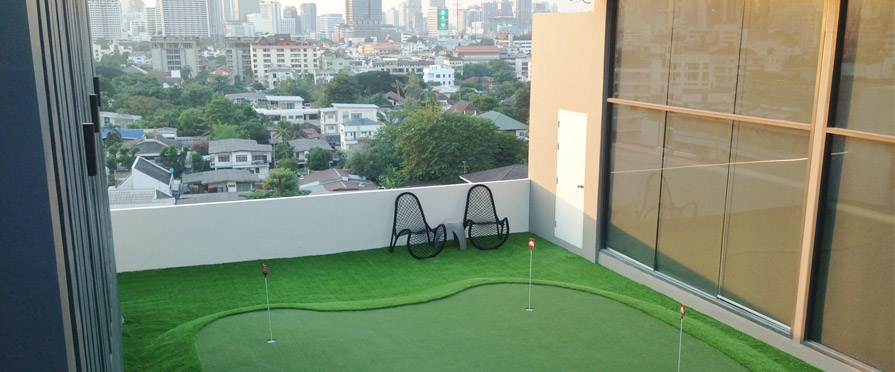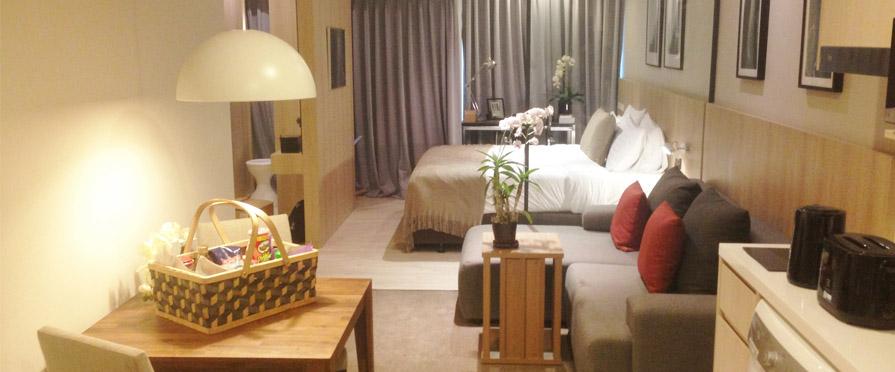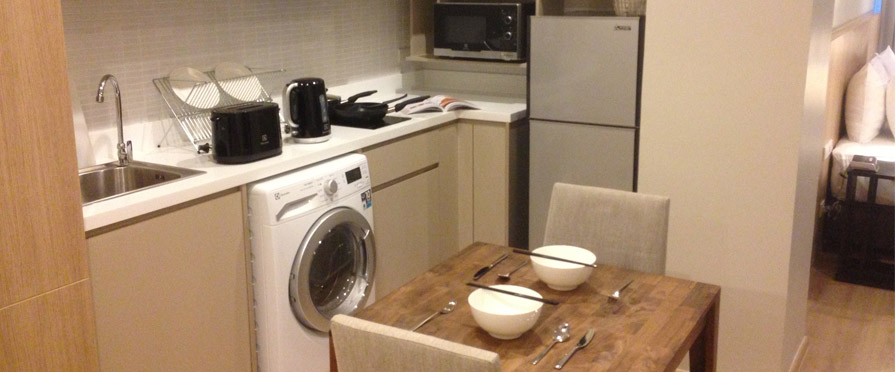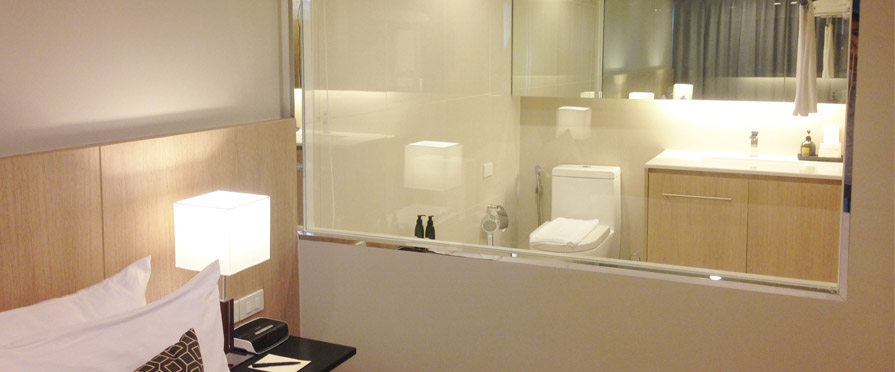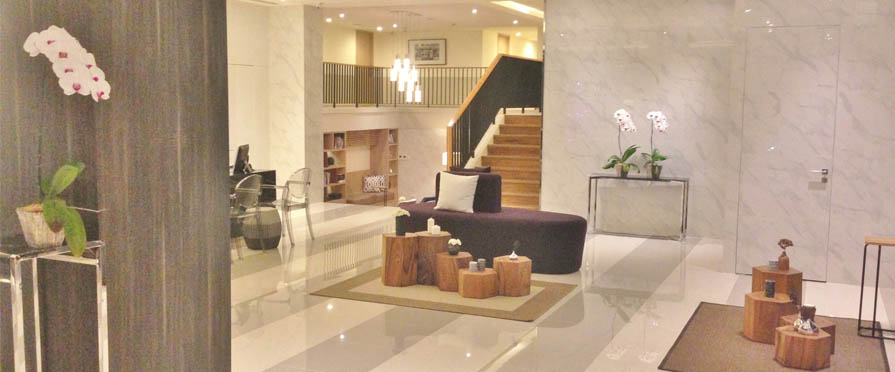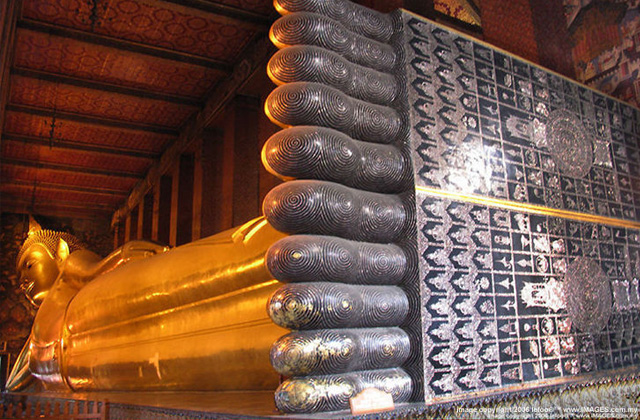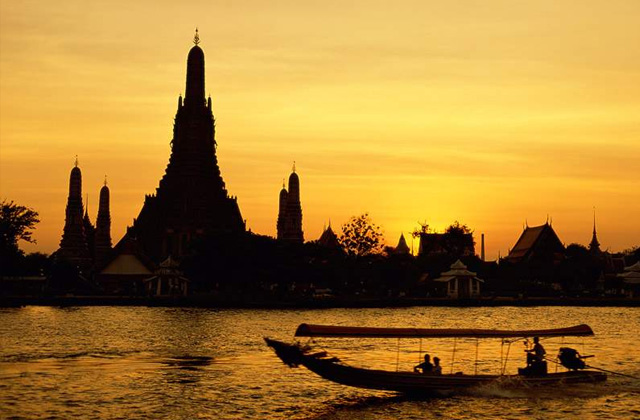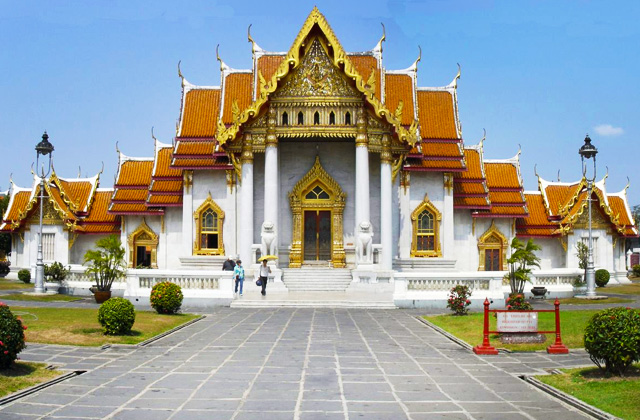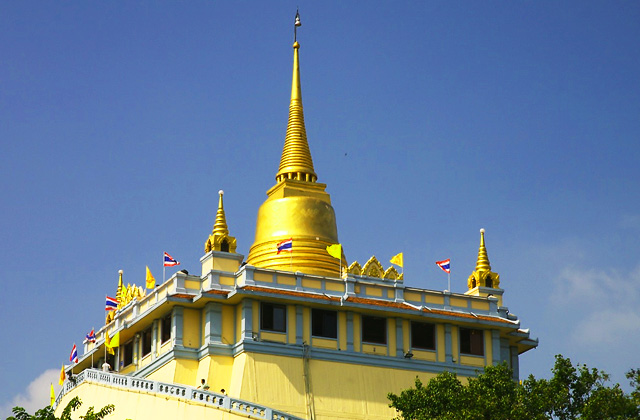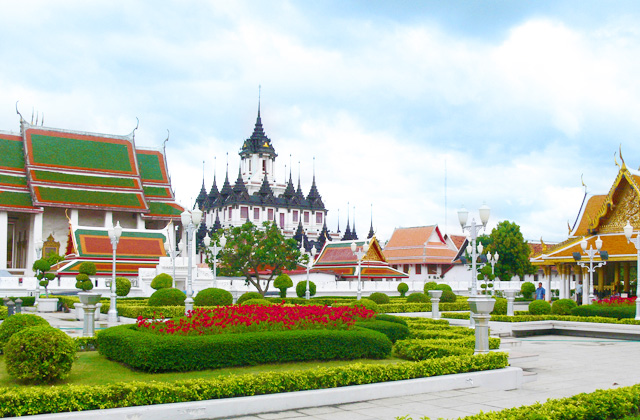Wat Pra Kaew was built to house the Emerald Buddha which was returned to Thailand after Thailand's the capture of Vientiane in 1778. The Emerald Buddha is the most important representation of the Buddha in Thai Buddhism. To pray before the Emerald Buddha is to make merit, and although this is an important place on any visitor's itinerary, it is important to recognise that this is a place of worship and should be respected as such.
